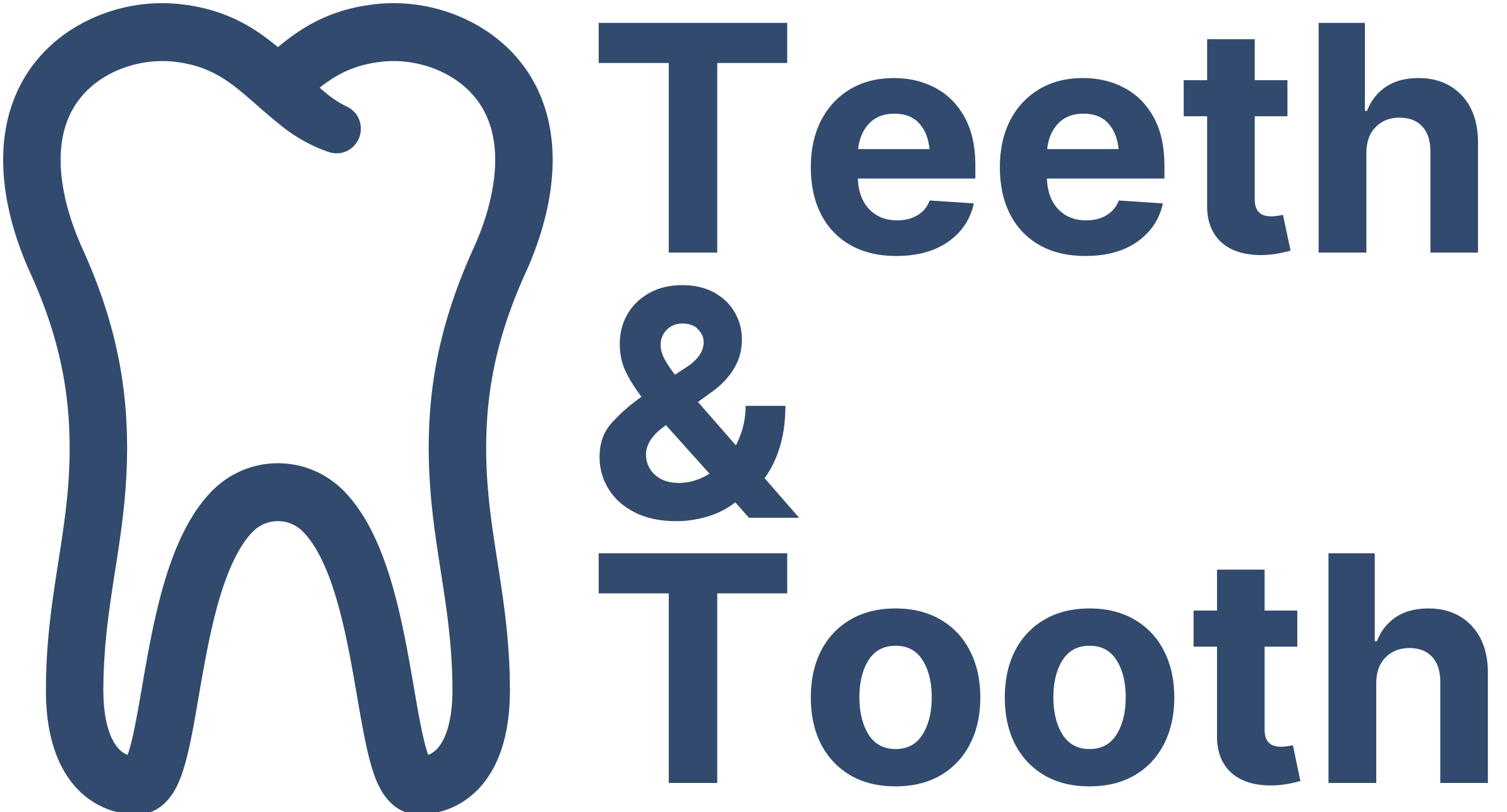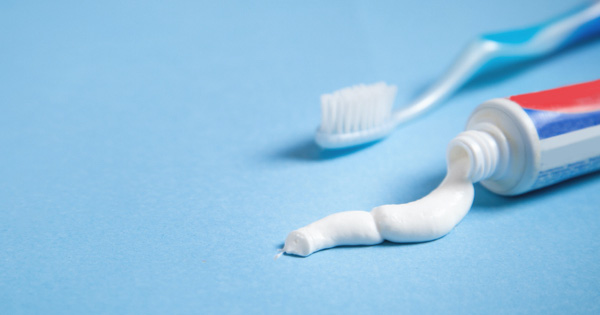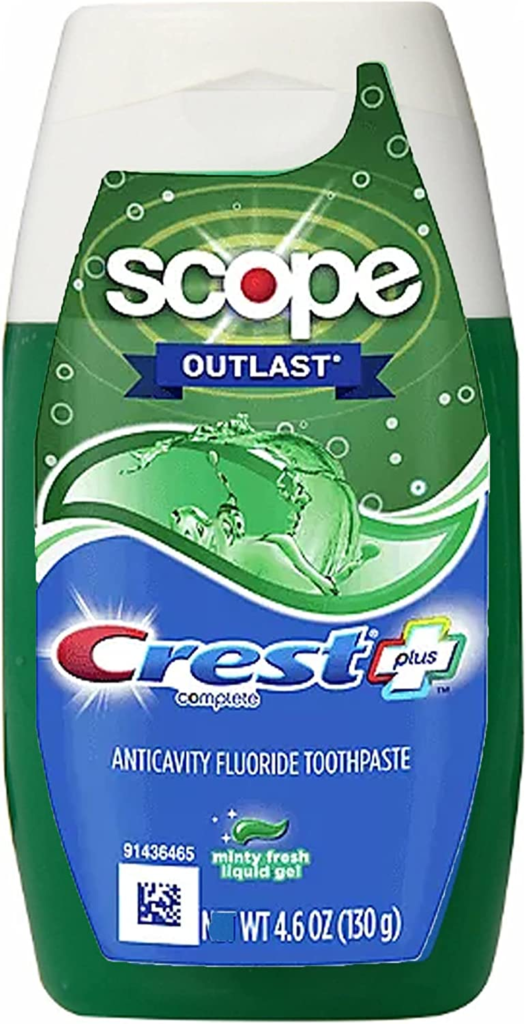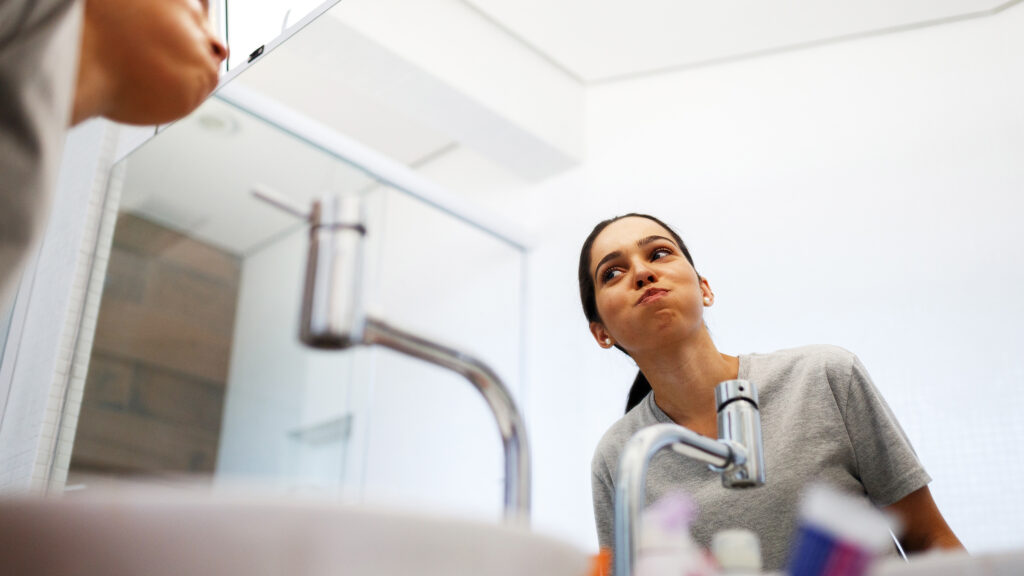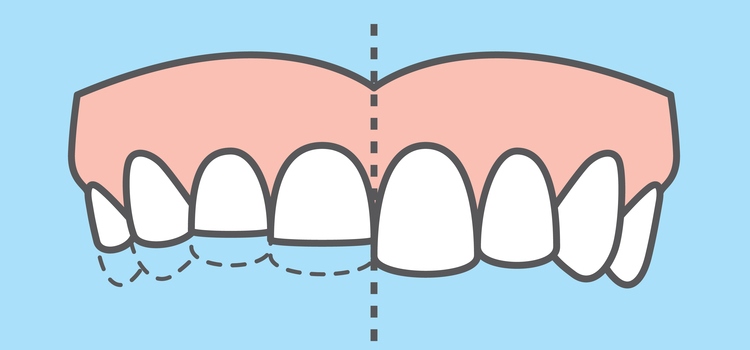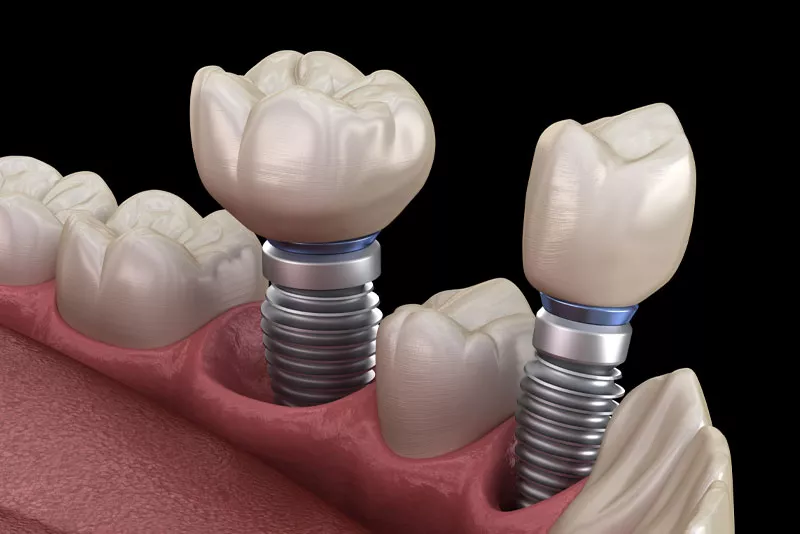In the quest for that perfect, sparkling smile, have you ever found yourself standing in the toothpaste aisle of your local supermarket, completely overwhelmed by the myriad of options before you?
Today, there are countless variations of toothpaste available to consumers, and finding the right one can be a daunting task. Every individual has different needs when it comes to oral health and dental hygiene, so find the most suitable toothpaste is important.
“Gel or paste?” you might wonder, staring at the colorful boxes and tubes, each promising a unique benefit. Or perhaps you’ve never given it a second thought, casually tossing your usual brand into your cart without a moment’s hesitation. Both types of toothpaste offer similar benefits to our oral health, but differ greatly in their appearance, texture and composition. Each also has its own set of advantages and disadvantages when it comes to cleaning and caring for our teeth.
Regardless of which category you fall into, it is worth understanding the differences between tooth gel and toothpastes. After all, this is a product you use twice a day, every day! Not only can the right toothpaste help you maintain good oral health, but it can also make your brushing experience more enjoyable. And believe it or not, there are some notable differences between gel and toothpastes – from their texture and appearance to their flavor and cleaning power.
In the rest of this article, we will explore the difference between the two types of toothpaste, demystifying the debate between tooth gel and toothpaste. We’ll analyze their key characteristics and benefits, helping you to make an informed decision the next time you find yourself contemplating this choice.
What Are the Similarities Between Gel and Paste?
Tooth gel and toothpaste share many many fundamental similarities due to their common purpose—cleaning and protecting your teeth from tooth decay and other dental problems. Here are some of the key similarities between tooth gel and toothpastes that you should know:
- Presence of fluoride: The most important similarity between the gel and toothpaste is that they both typically contain fluoride, a mineral that’s crucial in fighting tooth decay. Fluoride helps to remineralize tooth enamel, preventing cavities and even reversing early stages of tooth decay. It is also worth noting that both may contain additional ingredients such as baking soda or essential oils to enhance their effectiveness or taste.
- Prevention of bad breath: Tooth gel and toothpastes both help to freshen breath by removing odor-causing bacteria.
- Cleaning ability: Both tooth gel and toothpastes are designed to effectively clean your teeth. They help to remove food particles, bacterial plaque, and surface stains, promoting overall oral hygiene.
- Available in many flavors: Both are vailable in a variety of flavors and formulations to cater to different preferences and needs. For example, both types of toothpaste may be available in varieties for sensitive teeth, whitening, or cavity protection.
Remember, the best toothpaste for you will depend on your personal needs and preferences.
You may be interested in: Can Toothpaste in Your Eyes Make You Go Blind?
What Are the Differences Between Gel and Paste?
While gel and toothpastes share many similarities, they also have some key differences which largely come down to texture, appearance, flavor, and sometimes the abrasive content. Here’s a breakdown of the key differences between tooth gel and toothpastes:
- Appearance: One of the most noticeable difference is the appearance of the two. Tooth gel is clear or translucent while the toothpaste is opaque. This is primarily due to the fact that the former contains more humectants, which is a substance that retains moisture and prevent dryness. With a high concentration of humectant, tooth gel maintains a gel-like texture whereas toothpaste as a denser consistency.
- Texture: Tooth gel has a smoother consistency which makes it easier to spread evenly over the teeth and gums. On the other hand, toothpaste has a thick and gritty consistency which makes it more effective at scrubbing away stains and plaque on the surface of the teeth enamel; the grittiness of the toothpaste is attributed to the presence of abrasive agents such as magnesium carbonate and dehydrated silica gels. However, excessive use of highly abrasive toothpaste can lead to tooth sensitivity or enamel erosion over time.
- Flavor: Tooth gels often have a milder flavor compared to toothpastes. They’re usually available in various fruity flavors, making them potentially more appealing to children. On the other hand, toothpastes are typically mint-flavored, providing a stronger, more traditional flavor that many adults prefer. Sorbitol and saccharin are two of the most commonly used flavoring agents in toothpastes products
- Foaming: Some users report that toothpastes tend to foam or suds more than tooth gel, which can affect the brushing experience. This is due to the fact that the former has a higher concentration of surfactant, a foaming agent that provides the foamy action and allows the toothpaste to coat the teeth; Sodium lauryl sulfate (SLS) is the most commonly used foaming agent in toothpaste products.
As seen, a tooth gel has less abrasive agents, flavoring agents, and foams less. This makes it a preferred option for children as well as people who suffer from enamel defect or dentin hypersensitivity.
Which Is More Effective?
Most people believe that the paste form is more effective at improving your oral health as it has a grittier texture and produces more foam than its gel counterpart. This is not true at all.
While toothpastes can sometimes contain a higher concentration of abrasive particles that may help remove surface stains and plaque, this doesn’t necessarily mean they’re more effective overall. In fact, toothpastes that are too abrasive can potentially cause enamel erosion or tooth sensitivity over time.
The most critical factor in toothpaste effectiveness is regular, proper use, and proper brushing technique.. No matter what type of toothpaste you choose, it’s important to brush twice a day for two minutes each time, and to practice proper brushing technique to effectively clean away all the food particles and plaque.
There is not such thing as a more effective toothpaste but only a more effective brushing technique.
Which Should You Choose?
Choosing between tooth gel and toothpaste mostly comes down to personal preference. some prefer the foaming action of the paste while others prefer the less minty and less foamy tooth gel.
Over the past few decades, many have grown accustomed to the paste based toothpaste as the foaming action and grittiness of it gives a false sense of security and cleanliness. However, as mentioned above, both types are effective at cleaning teeth and protecting against cavities as long as they contain fluoride and are used properly.
If you are someone who is suffering from sensitive teeth, a tooth gel would be a preferred option as it contains less abrasives and surfactant, making it a less irritating product than the paste.
If you are indifferent between the two and are more concern with the price, just pick the one on sale! As long as you’re using a toothpaste that contains fluoride and adhering to proper brushing techniques, either tooth gel or toothpaste will work well in maintaining your oral health.
Conclusion
To conclude, both tooth gel and toothpaste have their pros and cons. Gel is less of a traditional toothpaste due to the lack of grittiness and and foaminess. Both types of toothpaste are equally effective at cleaning teeth, so it ultimately comes down to personal preference. Regardless of whether you choose tooth gel or toothpaste, it is important to use it properly and regularly to maintain good oral health; that includes brushing twice a day for at least two minutes each time, flossing daily, and visiting your dentist for regular checkups and cleanings.
